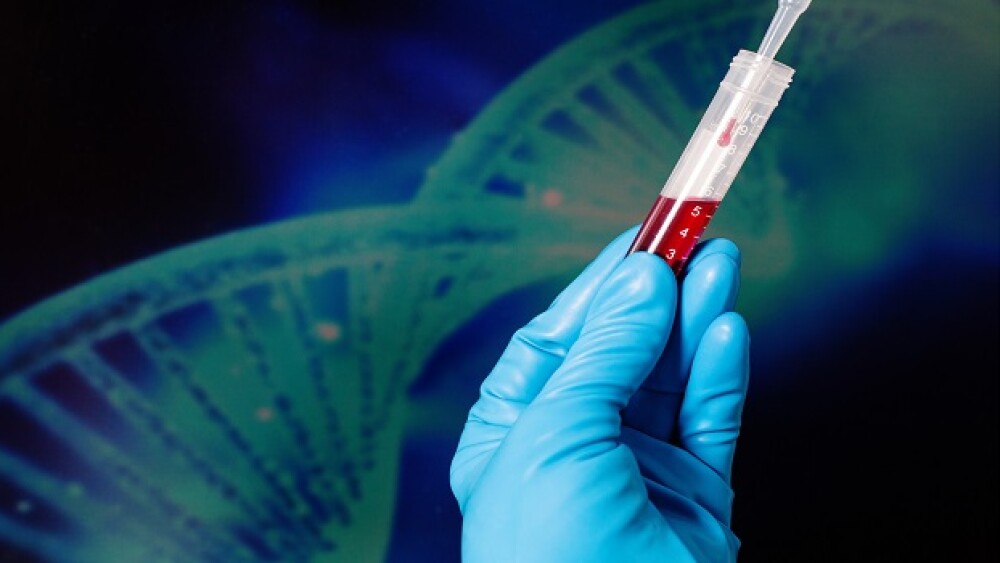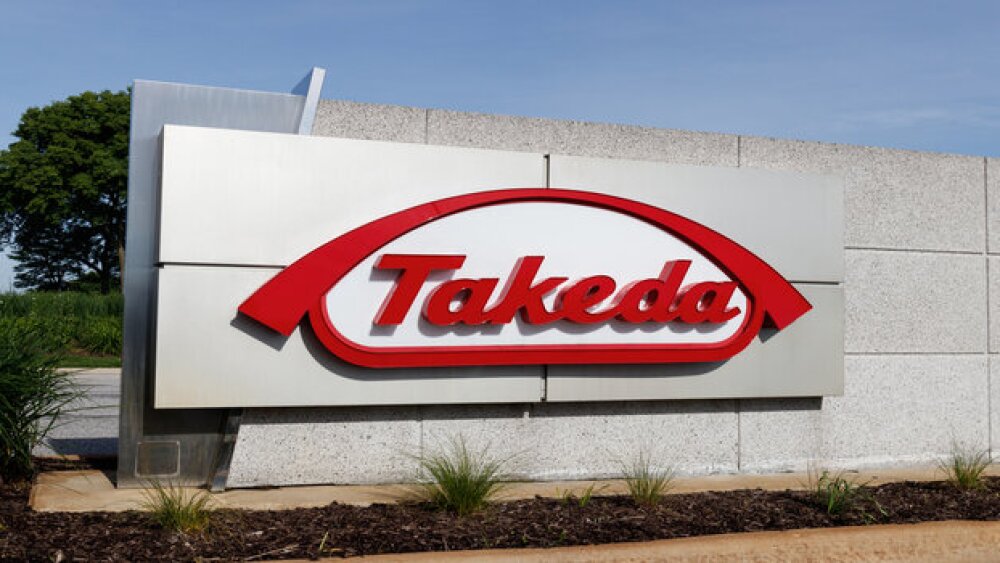CSL Behring and uniQure announced that their etranacogene dezaparvovec hit the pre-specified primary endpoint in their Phase III clinical trial in severe to moderately severe hemophilia B.
CSL Behring and uniQure announced that their etranacogene dezaparvovec hit the pre-specified primary endpoint in their Phase III clinical trial in severe to moderately severe hemophilia B. The therapy is an investigational adeno-associated virus five (AAV5)-based gene therapy. The primary endpoint was non-inferiority in annualized bleeding rate (ABR) 18 months after administrated compared to baseline Factor IX (FIX) prophylactic therapy.
Hemophilia B is also called factor IV (FIX) deficiency. It is a genetic disease caused by a missing or defective factor IX, which is a protein involved in blood clotting. The disease can be carried down from parents to children, but about a third of cases are from spontaneous mutations, according to the National Hemophilia Foundation. In the U.S., hemophilia is diagnosed in 1 in 5,000 live births. Hemophilia B is four times less common than hemophilia A.
Hemophilia B patients bleed longer than usual. The bleeding can occur internally, into joints and muscles, as well as externally, from minor cuts, medical procedures or trauma. The seriousness of the bleeds is based on the percentage of FIX in the patient’s plasma. Normal plasma levels of FIX are from 50% to 150%. Mild hemophilia B is marked by 6% to 49% of FIX in the blood; moderate 1% to 5% and severe, less than 1%.
Etranacogene dezaparvovec delivers a gene cassette with the patent-protected Padua variant of Factor IX. It is transported in an AAV5 viral vector.
“We are very pleased with these top-line results from what is the largest and first pivotal trial of a gene therapy for patients with hemophilia B,” said Ricardo Dolmetsch, president of research and development at uniQure. “The HOPE-B data not only achieved the pre-specified primary endpoint of non-inferiority in annualized bleeding rate following 12 months or more of stable FIX expression, but also the secondary endpoint of superiority in reduction of annualized bleeding, while continuing to demonstrate durability and stability in FIX levels and other benefits to this point in the study.”
A total of 54 patients received a single dose of etranacogene dezaparvovec. Of them, 53 completed at least 18 months of follow-up. After stable FIX expression, ABR, assessed at 18 months, was 1.51 compared with the ABR of 4.19 for the lead-in period of at least six months. ABR for investigator-evaluated FIX-treated bleeds was 0.83 versus 3.65 for lead-in ABR. The patients demonstrated durable, sustained FIX activity at 18 months after receiving the gene therapy, with a mean FIX activity of 36.9% of normal compared to 39.0% of normal at six months post-infusion.
The gene therapy was generally well-tolerated. More than 80% of adverse events were mild. There was a single death that resulted from urosepsis and cardiogenic shock. That was in a 77-year-old patient at 65 weeks after dosing and was determined to be unrelated to the therapy. One patient had a serious adverse event of hepatocellular carcinoma (HCC). Additional investigations also determined it was not related to the gene therapy.
“These encouraging results illustrate the potential that gene therapy has to be a long-term treatment option for patients living with hemophilia B and we look forward to sharing more detailed data with the medical community in the near future,” said Brahm Goldstein, vice president, Research and Development, Hematology at CSL Behring. “This milestone advances our efforts towards expected regulatory submissions in first half of 2022.”
In June 2020, CSL acquired exclusive global license rights to the gene therapy from uniQure. CSL has the exclusive global right to commercialize it and paid $450 million up front with unpublished milestone payments.





